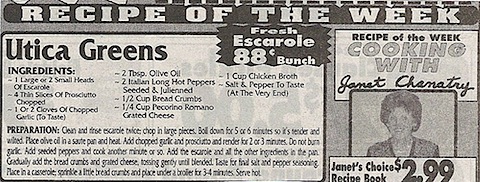The challenges for potato production in the Developing World.
It is a delight to talk to people who are interested in food. My customers are only interested that they get delivery on time, the specification that they require, on time, and at the right price.
One billion people eat potatoes every day. They are good to eat and nutritious.
Chuno and tunta are “the original processed food that can be stored”. Freeze dried, and tunta is from very high Andes, from bitter potatoes, high in glycoalkaloids. After being freeze dried they are washed in streams to remove the glycoalkaloids and make them safe to eat. “However that was discovered, I do not know.”
History of the potato. Same old same old. Three million Irish lived on the produce of 1 acre or less of largely one variety, Lumper.
Major shift in past years, such that more potatoes are now being grown in the developing world than in the industrial world, especially in sub Saharan Africa.
Belarus has the highest consumption in the world.
32 food deficit, low income countries that are hit very hard when supplies are tight, which they are now.
Potato has greatest potential to increase supply, 4.5% versus other major food crops growing at 1.5% per year.
Talks a bit about CIP and the rest of the CGIAR centres. Erk! His map is out of date, showing IPGRI in Rome. And there’s a photo of a smiling Jim Godfrey taking true potato seed into the Global Crop Diversity Trust’s vault in Svalbard.
Explains how CIP maps poverty, agriculture and policy and looks for intersections to decide where to work. Environmental vulnerability and the threats of climate change will affect tropical areas most. Shows reduction of growing season (for potatoes) in Africa, which will also be repeated elsewhere. Need to study mitigation, adaptation and assessment to feed that into policy changes to approach climate change.
Interesting map that shows “physical water scarcity” and “economic water scarcity” separately. What can this mean?
Cost benefit analysis of programmes shows that work on virus-free sweet potato material in one province in China alone has “paid for the whole of the investment in CIP over the past thirty years”.
On biodiversity, talks about reduction of genetic diversity from 1900 to 1970 in wheat, but that CIMMYT has worked specifically to increase that diversity. “Just as well,” because of Ug99, which, he says, could have been disastrous if it had happened in the 1970s.
On to crop genebanks, “a precious resource for future food security”. Not as simple as just shifting varieties about to respond to climate change, because need to adapt to different daylengths etc etc.
Late blight, and the arrival of A2 mating strain. Arrived in 1976, as a result of the drought in Europe, which forced down barriers and allowed in potatoes from Mexico. Salutary lesson about unforeseen consequences of food shortages. Now another strain, blue13 is rampant in Europe.
Native diversity in Peru. Each family keeps roughly 8 varieties, a whole community keeps about 122.
Solanum phureja has a very high iron variety, and other varieties that are very rich in vitamin C.
“Eating is an agricultural act. What we eat defines how we take care of our land.” Wendell Berry.
A slide of diverse local potato chips draws loud ooohs of admiration.
On orange-fleshed sweet potatoes, introduced in Africa, where vitamin A deficiency is a big problem: “We’ve seen a reduction in blindness, a reduction in under-five mortality, a reduction in maternal mortality, and a prolongation of the lives of AIDS sufferers.”
No time for questions.
